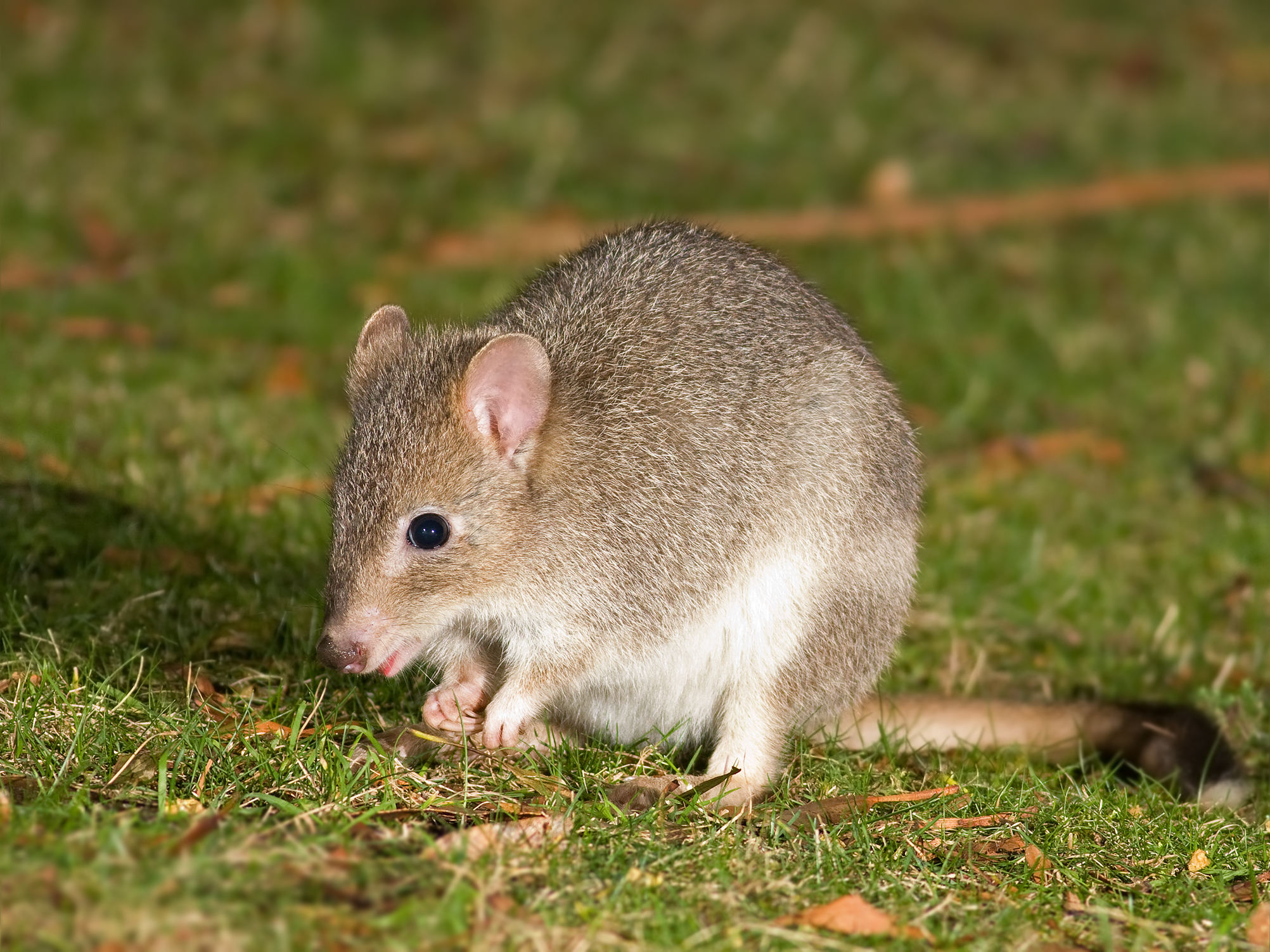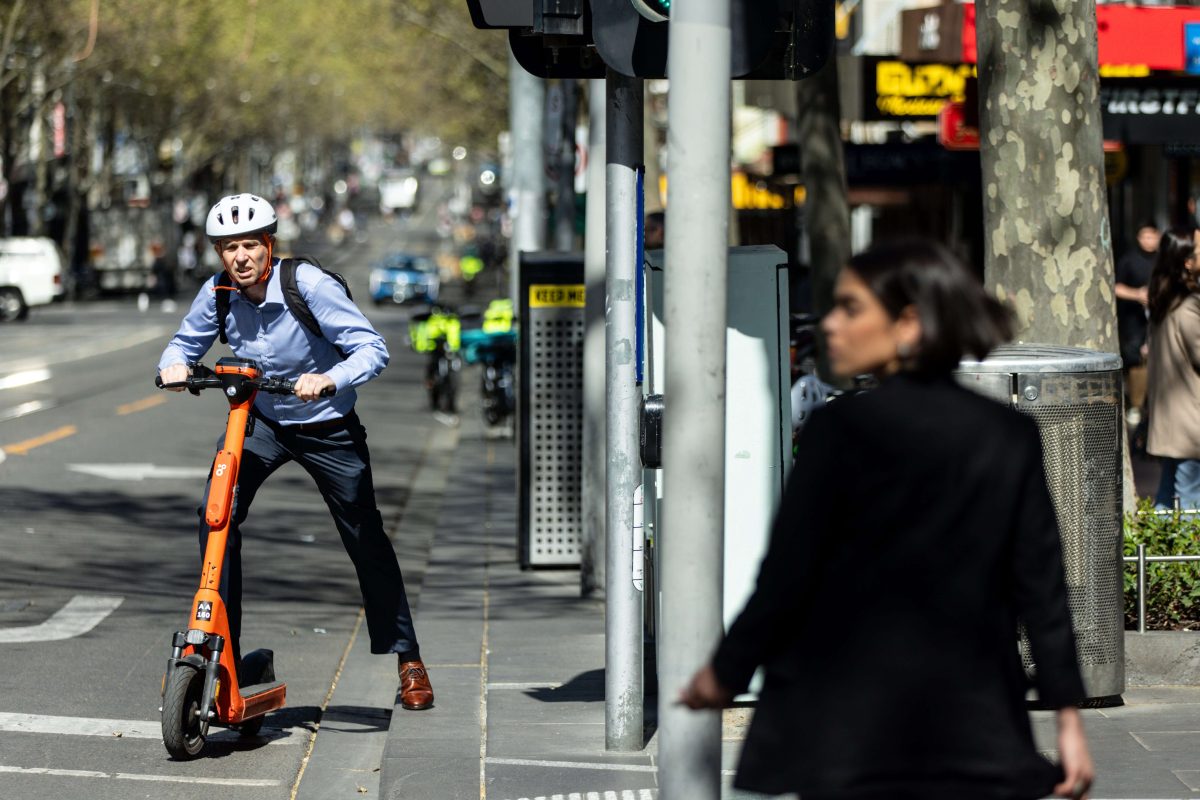
THE ACT government is defending its decision to commit $600,000 to a trial involving the release of 67 Eastern bettongs into the wild, despite all of them dying.
Bettongs, small rat-kangaroos, were wiped out from the Lower Cotter Catchment where they had been released between 2015 and 2017 as part of the trial.
Environment Minister Rebecca Vassarotti says the trial was a “success” in achieving it’s objective, which was to determine whether bettongs could survive in fox-controlled areas, or if they would disperse away from the release-site.
“If we don’t test things we don’t have the foundation to build upon them and achieve a full-scale reintroduction in the future,” Ms Vassarotti says.
“As part of the Australian community, we must challenge ourselves, test and trial approaches to respond to the pressing concern of native animal extinction.
“Settling for endangered species to exist behind fences in safe havens is not good enough and does not support the ACT’s long-term vision of re-establishing reintroduced species outside fenced reserves.”
The trial results found that, in fox-controlled areas, some bettongs survived for more than 450 days – four times longer than similar trials of related species, and bettongs that had a greater body mass tended to survive longer.
Details of the trial were heard at an estimates hearing recently, drawing criticism from the Canberra Liberals who described it as “harebrained”.
“We know foxes and cats are predators that hunt bettongs so why release bettongs into the wild?” shadow environment minister Leanne Castley says.
“It appears to be an exorbitant amount of money spent on a trial to release bettongs, knowing they will be in peril, counting how many days they will survive.”
Eastern bettongs have only survived in fox-free Tasmania for about 100 years, and, in 2012, a number of bettongs were transferred to predator-free areas of Canberra through an initiative involving the Woodlands and Wetlands Trust, ANU and the ACT government, with the population since growing to about 275.
“The bettong population has since exploded thanks to food and no feral predators and today there are more than 100 bettongs bouncing about Mulligans Flat Sanctuary, so why such an expensive and foolish trial?” says Ms Castley.
Ms Castley says the government should rule out future bettong trials.
Australia has the worst rate of mammal extinctions globally.
However, Ms Vassarotti says results from the trial are in review and will inform reintroduction efforts nationally and internationally.
Who can be trusted?
In a world of spin and confusion, there’s never been a more important time to support independent journalism in Canberra.
If you trust our work online and want to enforce the power of independent voices, I invite you to make a small contribution.
Every dollar of support is invested back into our journalism to help keep citynews.com.au strong and free.
Thank you,
Ian Meikle, editor





Leave a Reply